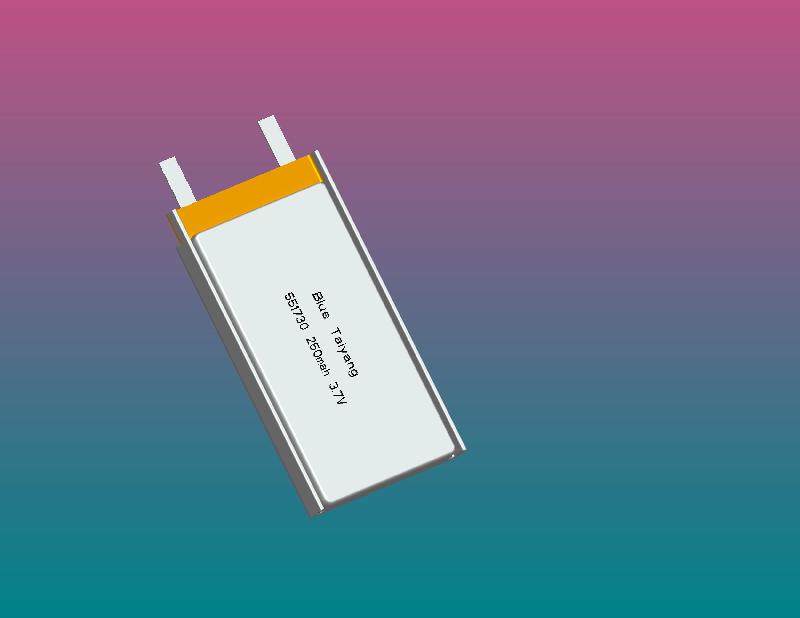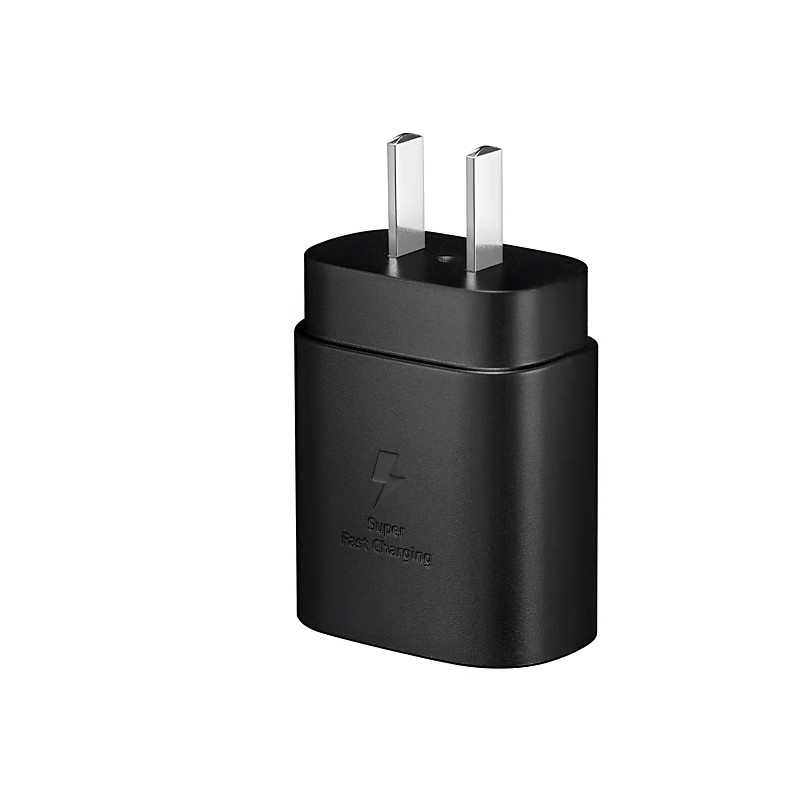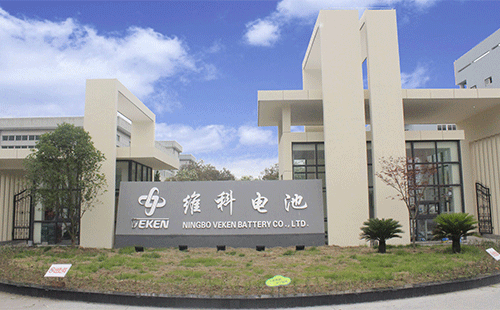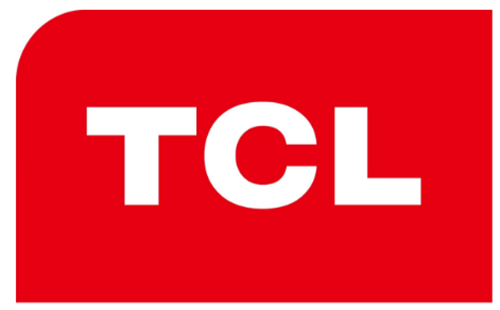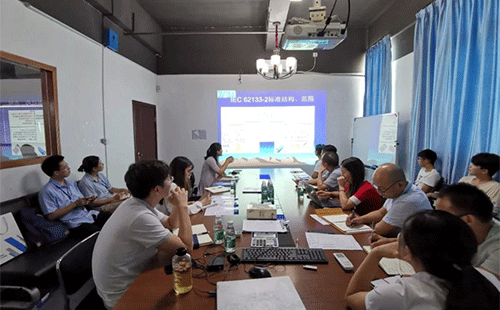On February 9, 2024, the European Commission issued a draft regulation to amend (EU) No.10/2011 and (EC) No.1895/2005, replacing and repealing (EU) 2018/213;; The draft law prohibits the use of bisphenol A in food contact materials and products, and also regulates the use of other bisphenols and their derivatives. The draft law is currently under public consultation, and the deadline is March 8, 2024.
The main contents of the draft
01 Bisphenol A(BPA) is prohibited.
◆ It is forbidden to use BPA in any manufacturing stage of varnish and coating for food contact, printing ink, adhesive, ion exchange resin and rubber. That is, it is forbidden to put all or part of food contact products composed of the above materials on the market.
◆ BPA is allowed as the precursor for synthesizing BADGE. When BADGE is used to produce varnishes and coatings for food contact materials, BPA must not migrate (detection limit LOD=0.01 mg/kg). When BADGE-based varnishes and coatings are used in the manufacture of food contact materials and products, BPA must not undergo hydrolysis or any other reaction to cause BPA to remain or migrate into food.
◆ Abolish the requirement of (EU) 2018/213 on bisphenol A limit.
02 regulatory requirements
◆ The draft requires operators to monitor the existence and migration of BPA when putting the following products on the market:
1. Varnishes and coatings based on BADGE are applied to food contact materials and products;
2. polysulfone); resin for filter membrane;
3. Paper and cardboard materials and articles containing recycled materials.
◆ Operators are required to monitor according to the proportion of 5% of the batches put into the market, and submit monitoring reports to the competent authorities of member countries. If a positive sample is detected, it should immediately report its content to the supervisor and submit a follow-up treatment plan within 20 days, and investigate with other parties in the supply chain to determine the source of bisphenol A.
03 declaration of conformity
◆ All food contact materials circulating in the market and articles restricted in this regulation shall have a declaration of conformity, which shall include the address and identity of the distributor, manufacturer or distributor of imported products; Characteristics of intermediate food contact materials or final food contact materials; Time for declaration of conformity, and confirm that the intermediate food contact materials and final food contact materials comply with the provisions of this Regulation and Articles 3, 15 and 17 of (EC) No.1935/2004..
04 Revision (EC) No.1895/2005
◆ It is forbidden to use BADGE to produce food containers with a capacity less than 250L;
◆ Varnishes and coatings based on BADGE can be used for food containers with a capacity of 250L~10000L, provided that the specific migration limits of BADGE and its derivatives listed in Annex I are met.
05 Revision (EU)No 10/2011
◆ Delete the No.151 substance (CAS 80-05-7, bisphenol A) in the positive list;
◆ The newly added substance No.1091 (CAS 2444-90-8,4,4'-isopropylidene diphenolate disodium) is limited to the monomer of polysulfone resin for synthetic filter membrane or other starting substances, and the migration amount shall not be detected.
06 transition and implementation time
Effective date: It will take effect on the 20th day after it is published in the Official Journal of the European Union.
Transition period: the transition period of food contact materials and products made of plastics, varnishes and coatings, printing ink, adhesives, ion exchange resins and rubber is 18 months;
The transition period of disposable food contact materials and products used for processing fruits, vegetables and fish, metallic disposable food contact materials and products coated with varnish or coating and reusable food production equipment components is 36 months.
Materials and products first put on the market within nine months before the end of the transition period can continue to be sold in the market until they are exhausted, but they must comply with the laws and regulations applicable before the effective date of this law.
Warm tips
Bisphenol A is widely used in plastic, varnish coating, ink, adhesive, rubber and other food contact materials, and the European Union took the lead in banning its use, which marked a major change in traditional chemistry. ZRLK suggested that relevant enterprises should improve their risk awareness of products, always pay attention to the update of relevant laws and regulations, formulate management and control schemes suitable for their own enterprises, determine the content of harmful substances in products through testing or supply chain investigation, and reduce the export risk of products.


